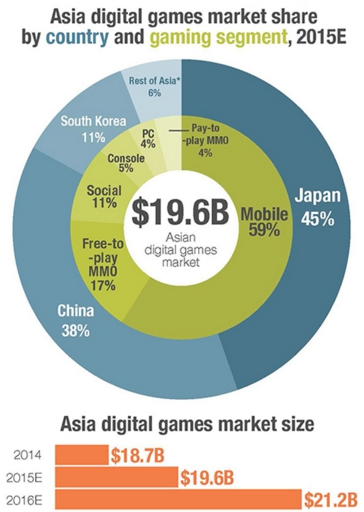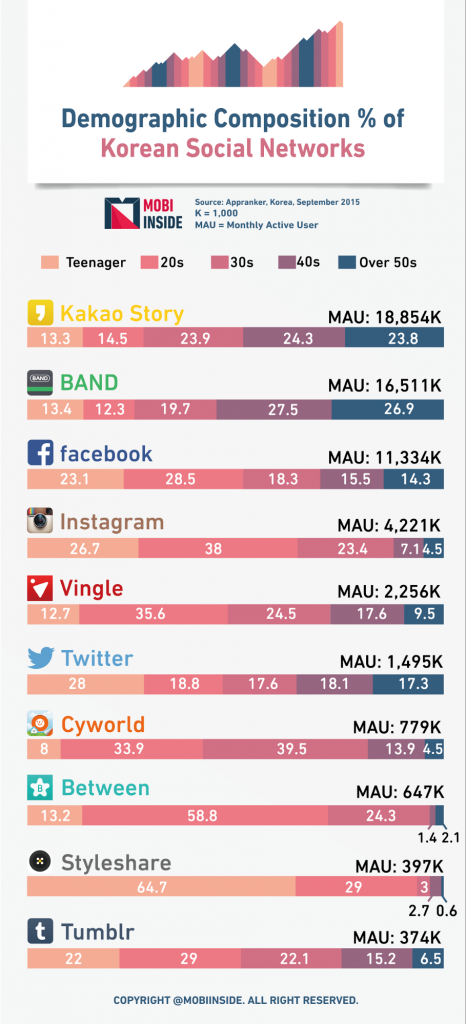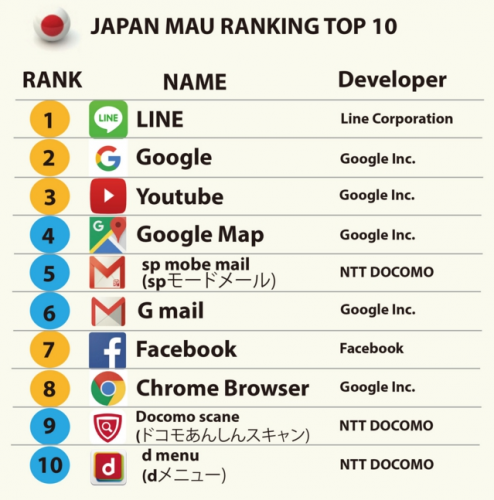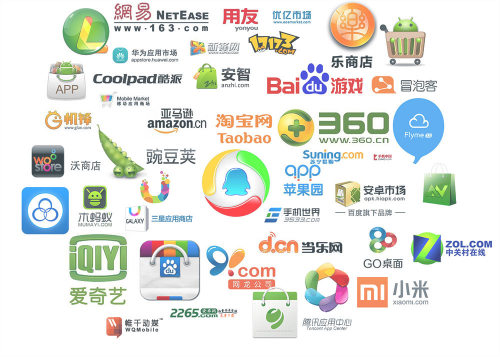Promotion in Asia: what you need to know about the markets of South Korea, Japan and China
What to keep in mind when promoting games in China, Korea and Japan, — App2Top.ru Egor Karpov, a consultant for the promotion of mobile applications, told us.
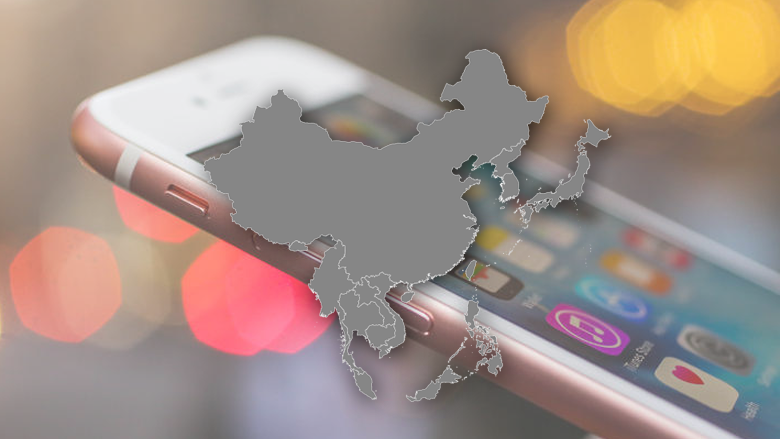
The purpose of my material is to give a general understanding of the features of the leading Asian mobile markets: China, Japan and South Korea. They account for the majority of the Asian market — about 94%.
Asian regions are seriously different from each other. The difference between, for example, the mobile markets of China and Japan is much greater than between the markets of Germany and Russia. So Asia cannot be considered as a single entity.
A good illustration of the big difference between the markets is at least the fact that the revenue per user in Japan is 8 times more than in China, but at the same time the Chinese market takes its volume — according to various estimates, from 360 million to 785 million mobile players in the country.
Since the differences between the markets are significant, and the level of penetration of the English language is not as high as in Europe, it is imperative to localize graphics, and often gameplay, for each of the regions, starting from both the realities of the market and the local cultural background.
The order of promotion in the Asian market, I recommend the following: South Korea, Japan, China. From relatively simple to complex.
The first step to localization in each of them, in my opinion, should be familiarity with the local top ten box office games. Look at how they have done it, how everything is drawn, presented, and try to repeat it within the framework of your project already.
South Korea
The most “simple” market listed in the article. It is the most similar of all Asian to European and American. Accordingly, it is easier for independent promotion.
Features of the Korean market
- Transparent conditions for entering the market.
- Three app stores prevail: Kakao, App Store and Google Play.
- Kakao is installed on 95% of mobile devices.
- 85% of devices run on Android.
- Koreans have a good level of English, but due to cultural peculiarities, at least language localization is required.
- In our experience, getting into the TOP 10 of Overall Korea cost 3 times cheaper than for similar positions in the USA. Plus, entering the Korean TOP turned out to be 2 times more effective in terms of organic growth.
- Before going to the TOP and launching a product in Korea, you need to carefully optimize the application page in the store for the cultural characteristics of Koreans, take into account their tetrophobia (fear of numbers) and so on. We definitely need pro-readers (local residents who will be able to test the correctness of localization).
Social Networks in Korea
“Mental” game features:
- People of all ages really like to play mobile games. It is absolutely normal to see a 70-year-old Korean grandfather playing Clash of Clans.
- Graphics should be as bright as possible, juicy colors should prevail in it. This is true for all Asian countries, but for Korea in particular.
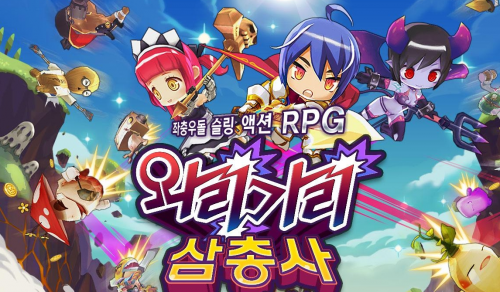
- Koreans like to give animals human qualities.
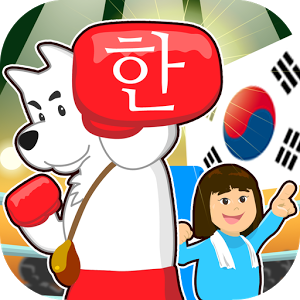
Favorite genres of Koreans according to AppLift:
- Puzzles
- Races
- Simulators
- Action
- Strategies
How to enter the Korean market:
- It is possible and necessary to enter the Korean market independently.
- The marketing plan is very similar to the one in Europe and the USA. The same tools work here as in the European markets.
- The TOP works well. A high percentage of organic matter.
Japan
- The Japanese mobile games market is closer to the South Korean market than to the Chinese one.
- The Japanese gaming audience pays very well (according to EEDAR, on average, $9.39 per month, against $5.91, which Korean players leave monthly).
- ARPPU ~$50 is the highest in the world.
- Very good support is needed. The Japanese are picky. They often write in support. They get very upset when they don’t get an answer.
- The Japanese will sit in your game as long as possible until they buy everything they can. But they will act this way only if they understand that you are ready to develop your application, if you have good Support and you are constantly updating the game.
- Five main stores: Mobage, App Store, Google Play, Line and Mixi.
Where the Japanese audience spends their time using a smartphone:
“Mental” game features:
- In Japan, modern pop culture revolves around manga and anime. This should be taken into account when adapting the project or at least its advertising materials.
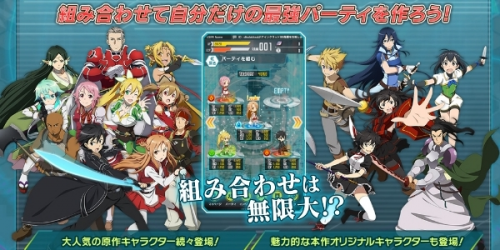
- The Japanese are very gambling. This is partly due to the success of gacha mechanics. You can read more about it here.
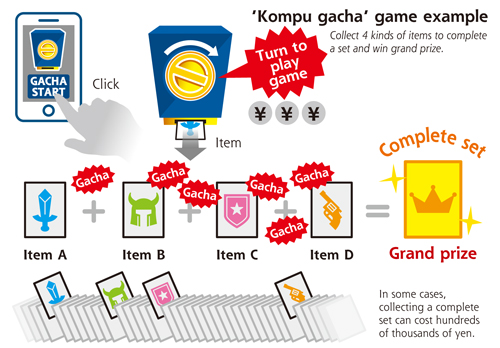
- The main paying audience in Japan is men and women 35+.
TOP 5 most popular game genres in Japan:
- RPG
- Puzzles
- Simulators
- Action
- Card games
How to get out in Japan:
- You can go out on your own, but it is still desirable to have a local representative in Japan, or even better, a publisher.
- In Japan, content cross-promotion is very popular, when characters from another game appear in one of the games. For example, in games about Sonic the hedgehog, Angry Birds heroes appeared, and in Puzzle & Dragons there was a dungeon with Clash of Clans heroes.
- Language localization is required.
China
The most difficult market presented in the article.
A well—known feature of China is 400 app stores. To get the effect of promotion, you will need to immediately promote at least 20 of the largest Chinese stores, each of which aggregates a large amount of traffic.
Several of the largest of them:
- 360 Mobile Assistant – more than 400 million users — 21% market share.
- Myapp (Tencent) — more than 64 million downloads daily — 21% market share.
- Baidu Mobile Assistant — the store of China’s main search engine — 13%.
- MIUI app store — more than 30 million users — 11% market share.
- HiMarket is a unique mix of a platform for developers and an app store — a market share of 6%.
- Huawei App Store — 5% market share.
- Wandoujia — more than 10 million users — market share 4%
There are AppTutti and Kii China automatic app publishing services on the market. But when I worked with them, they had very little effect.
They can be used in two cases:
- You are well acquainted with the Chinese market. They have already self-published in 20 of the largest stores. To “finish off” the rest, use these services.
- You have neither experience nor understanding of how to advance in the Asian market, and you want to throw the application into the Chinese market with the hope of “Suddenly taking off”. The chance is very small, but with competent localization, backed up by at least minimal marketing, you may be lucky.
Features of promotion in China:
- Complex localization (more than 60 dialects) – as the main one, you need to use the Northern Chinese language — “Mandarin Chinese).
- The more content on one screen, the better. This is the specifics of the Chinese mentality. If such a presentation of information “blows the brain” to the European audience, then in China they love it.
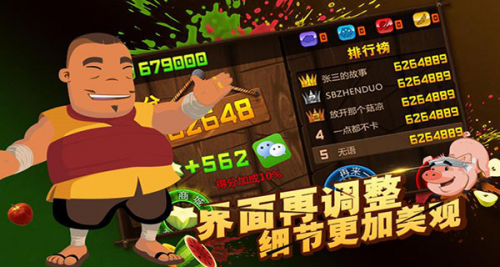
- The world’s major social networks are banned. Social networks Tencent, QZone, Weibo, WeChat prevail. The 8 most popular social networks in China:
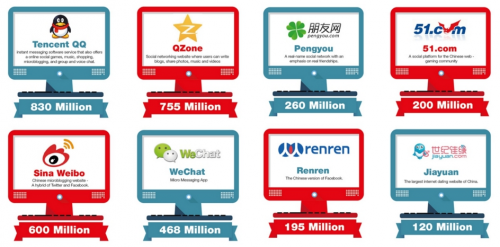
- Offline marketing is definitely needed, as there are few opportunities for online marketing. The top positions in the stores are often occupied by applications that have been published by just the app store in which you see them.
- Difficulties with billing. You will definitely have to contact mobile operators so that they allow users to pay for internal purchases in your mobile application via a SIM card. This is a lot of time, plus, depending on the operator, the commission from the payment can reach up to 30%. Main operators: China Mobile, China Unicom and China Telecom.
- Piracy is very developed in China. For example: you have placed your application in one of the 400 Chinese Android stores. The other 399 stores will steal your APK in a day and place it at home, but without in-apps. How to deal with it? It will not be possible to avoid this. The only and most correct thing to do is to contact the TOP 20 stores personally, promise to publish your application with them and ask them not to copy it from other stores. In this case, they will most likely go to meet you, but even then it is not guaranteed.
Specifics of Chinese application interfaces:
During my stay in China, I looked through more than a hundred applications and highlighted several features:
- The Chinese audience likes muted colors that would not seem attractive to a European audience.
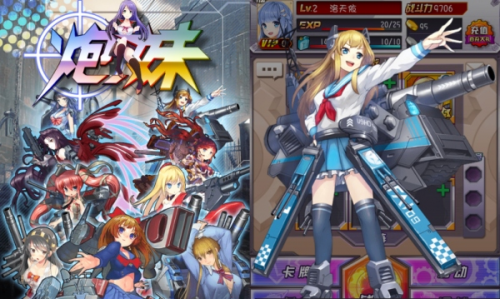
- The Chinese audience should be given as many opportunities as possible to customize the application, the game or the hero in it. They love it. This partly explains the success of the UCWeb browser in this market. It has a huge number of settings compared to any other Western browser.
TOP 5 most popular game genres in China according to AppLift:
- Races
- Strategies
- RPG
- Card cards
- Brain Training
Interesting analytics on the main internal mechanics in Asia:
In the screenshot below you will see an example of localization of gameplay from Pop Cap with their ZvP.
The first part went “with a bang”, unlike the second, which was merged in China due to “rigid” monetization.
The main difference of the Chinese version was the changed appearance of the characters, adapted to the local flavor.
How to enter the Chinese market:
- Look for partners. Without them, it will be very difficult to move forward, almost impossible. A list of mobile publishers operating in the Chinese market with descriptions can be found here.
- Contact European agencies that have experience working with the Asian market.
I have all. I hope this material was able to answer your questions about working with Asian companies.
